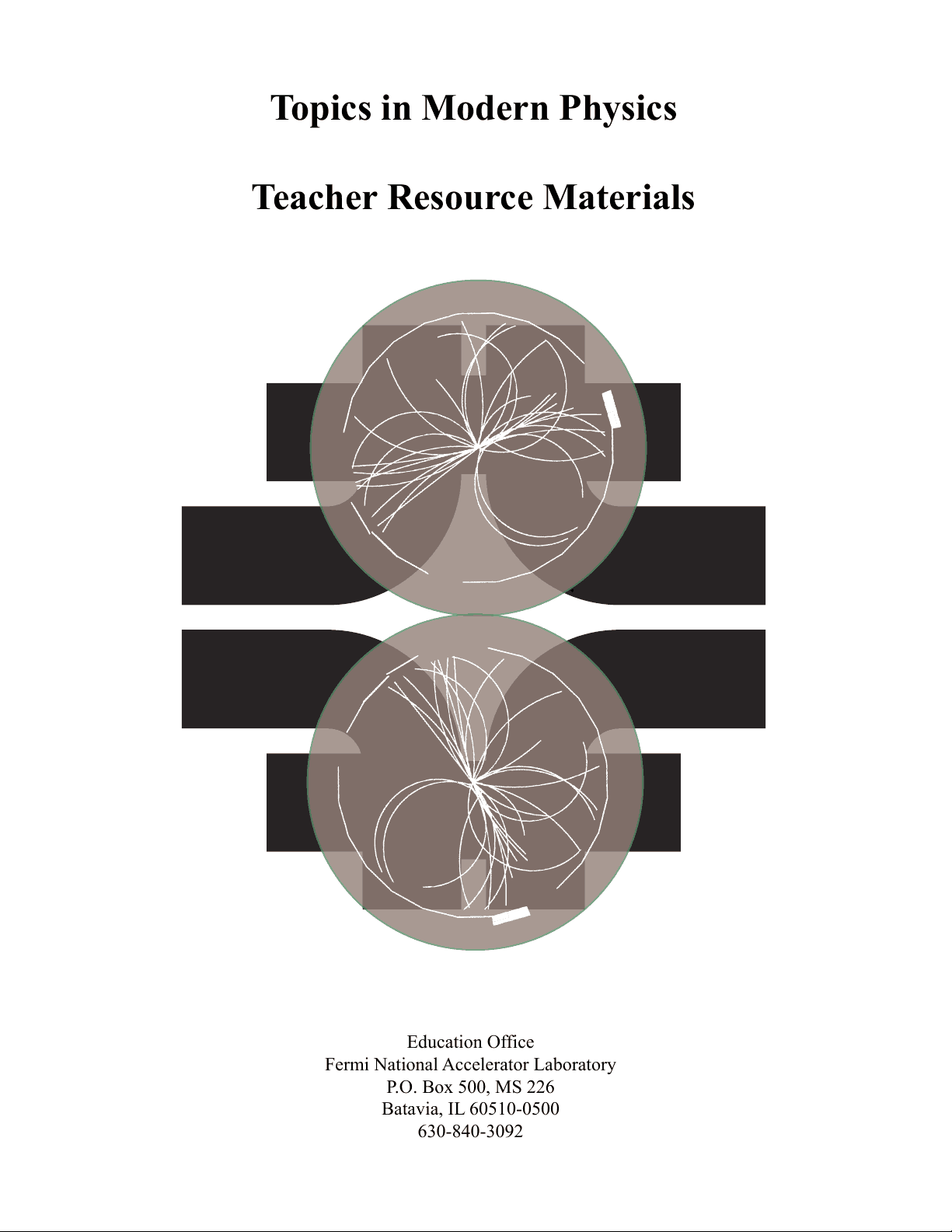
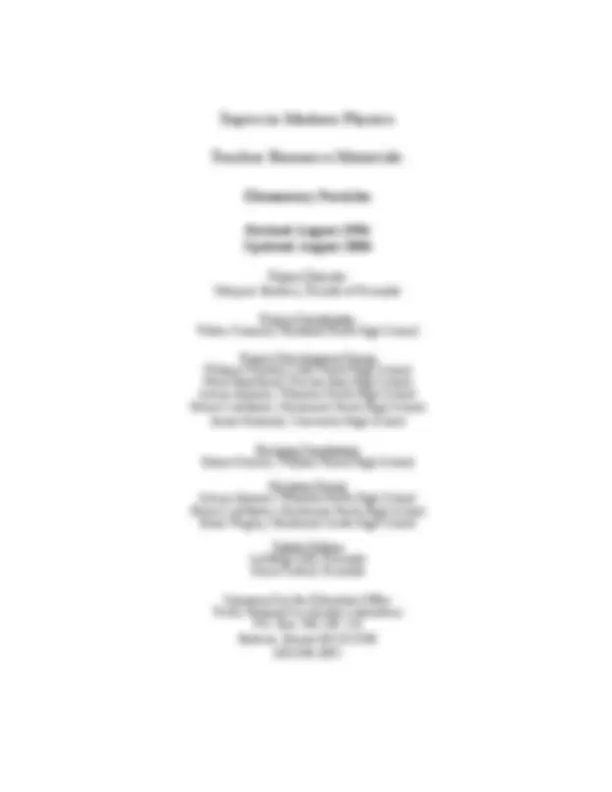

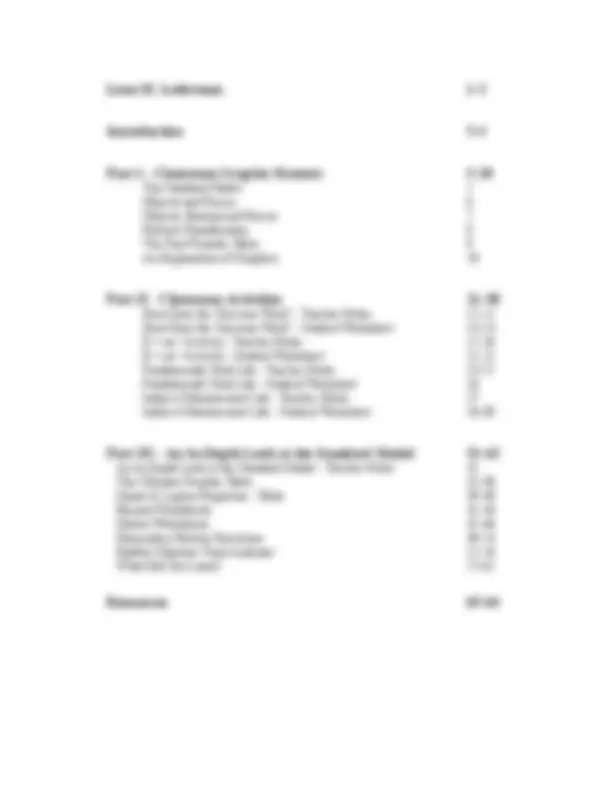
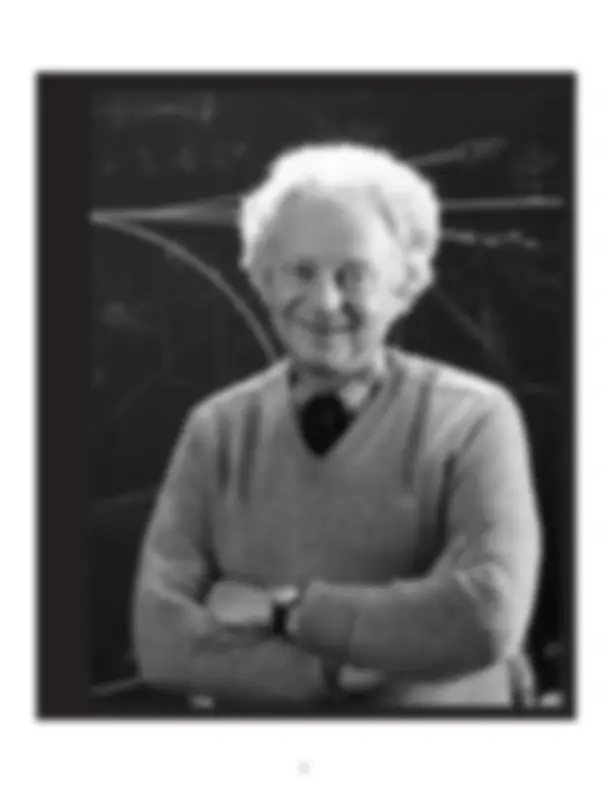
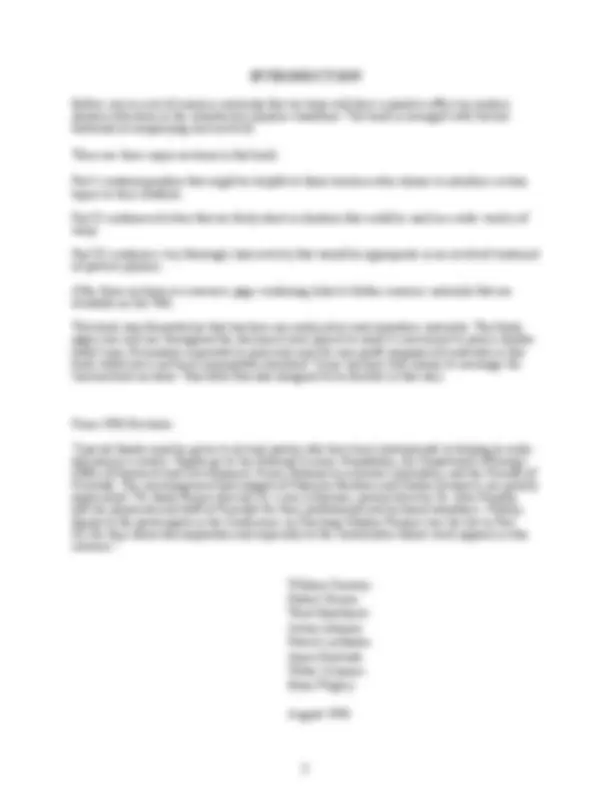

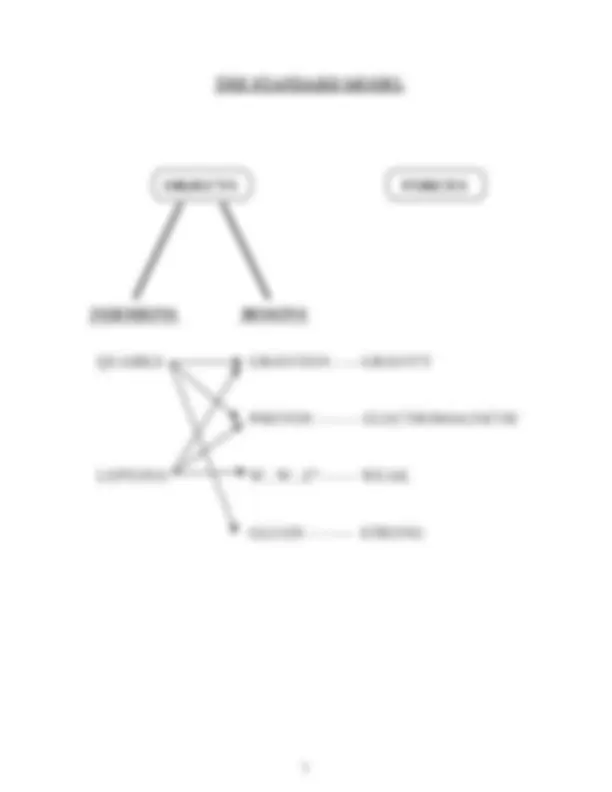
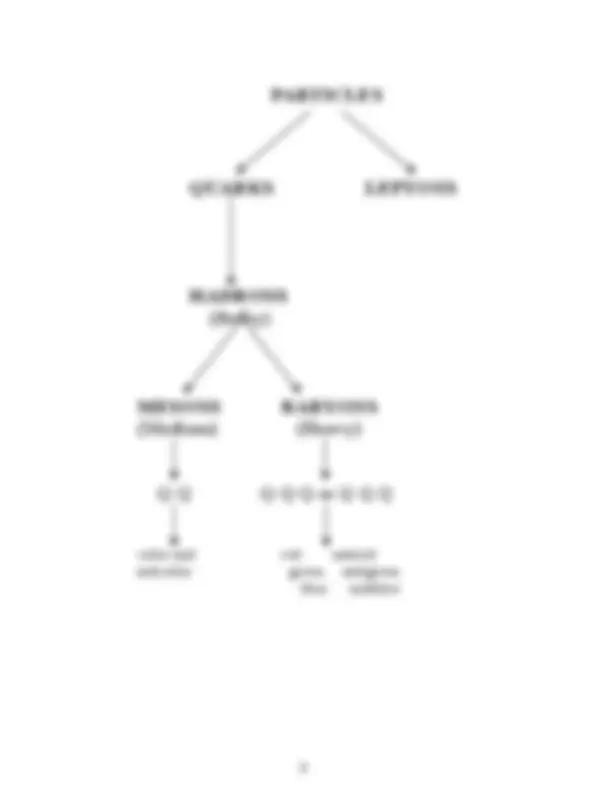
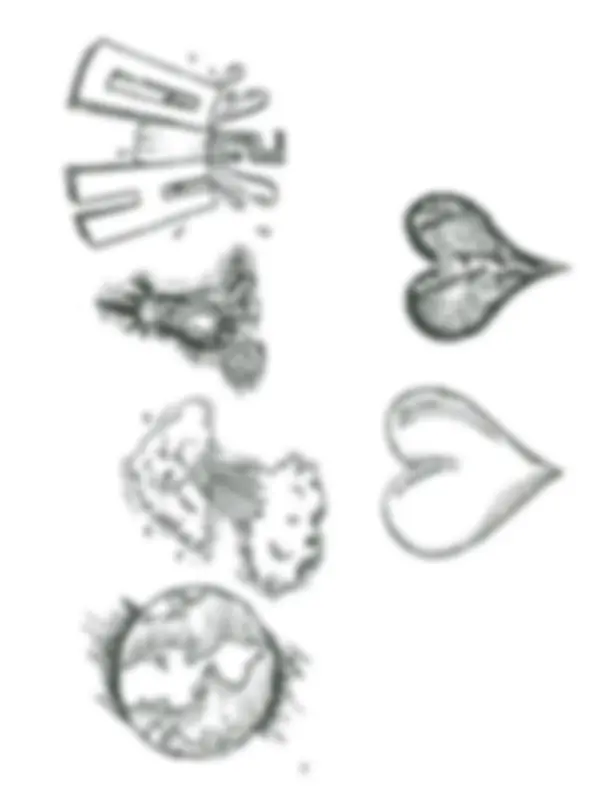
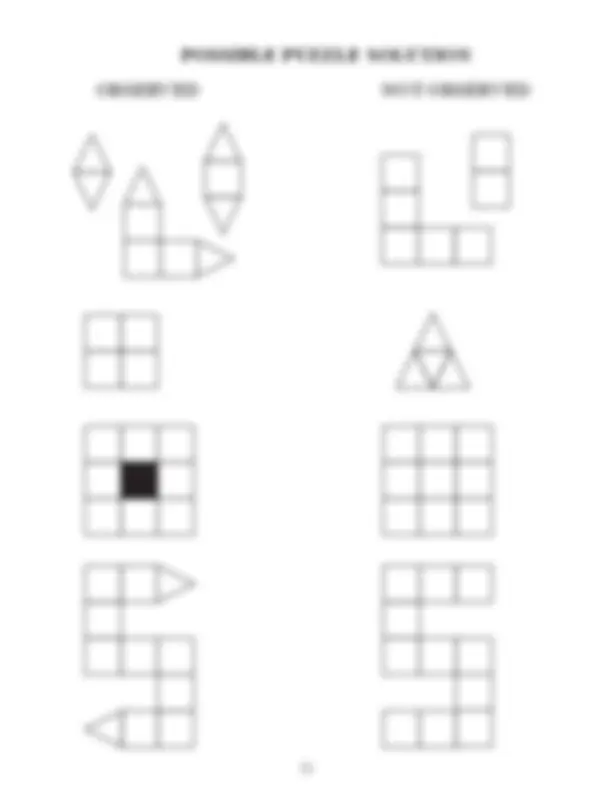
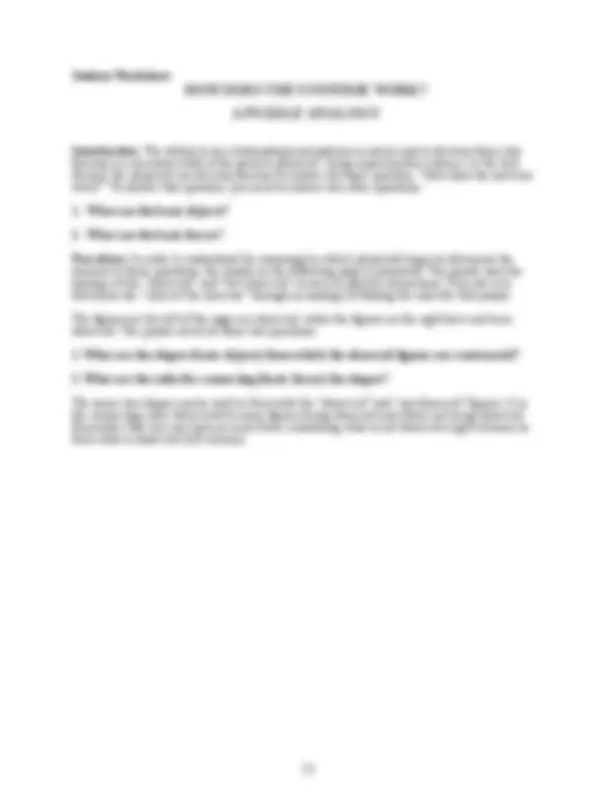
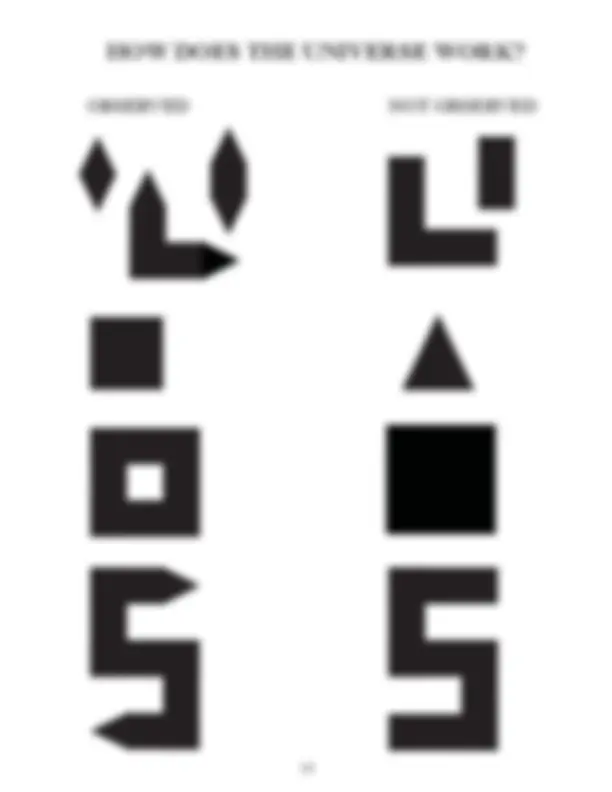
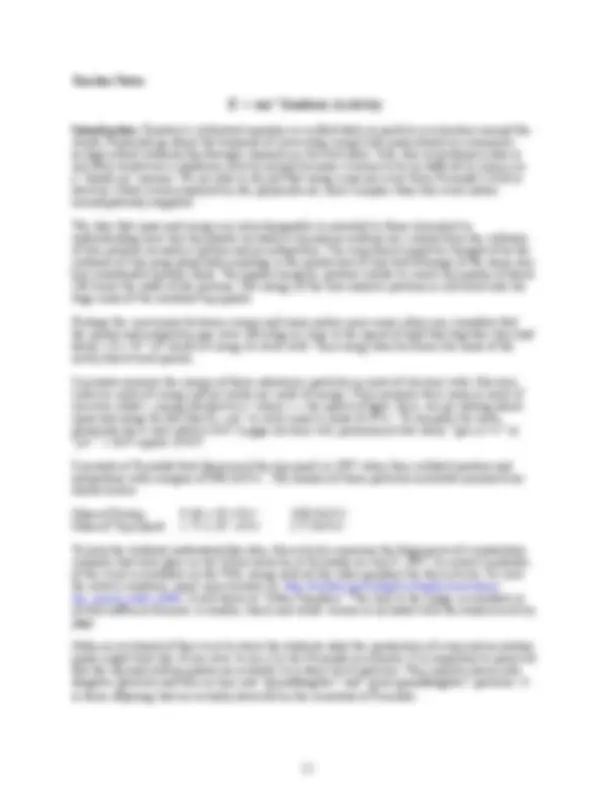
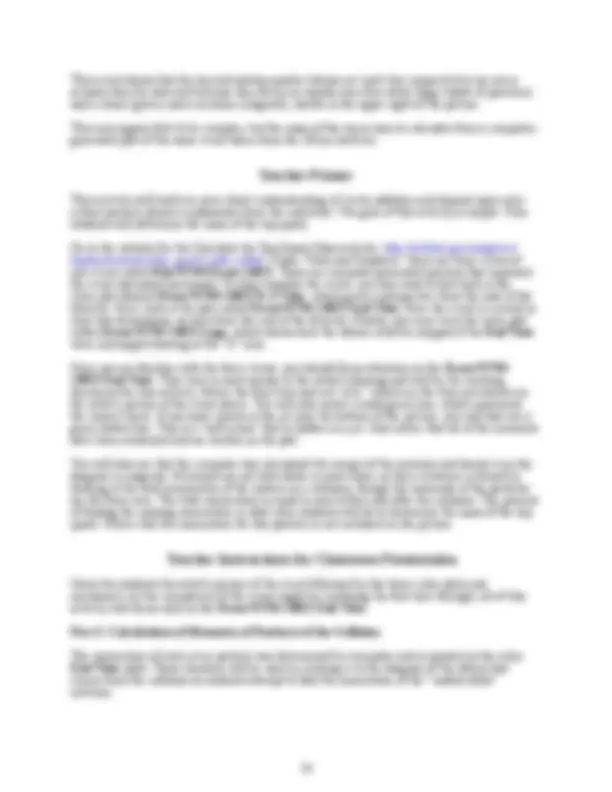
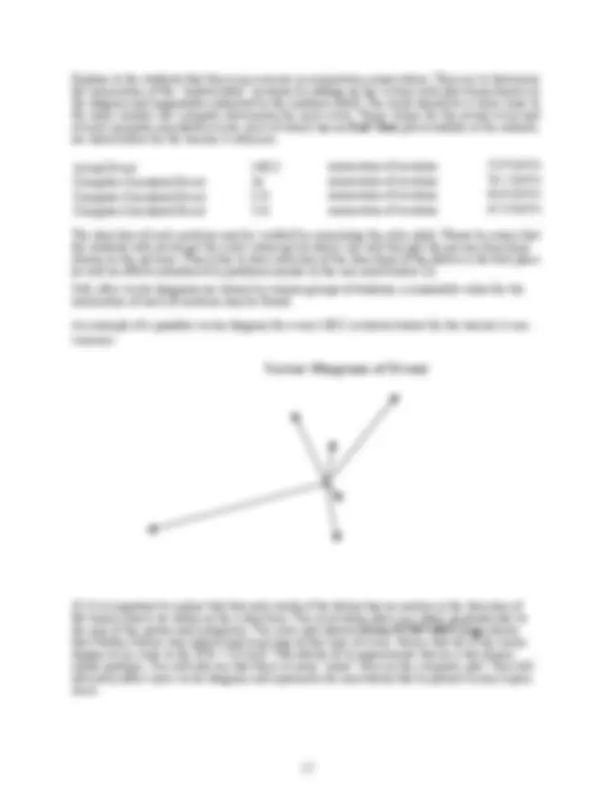
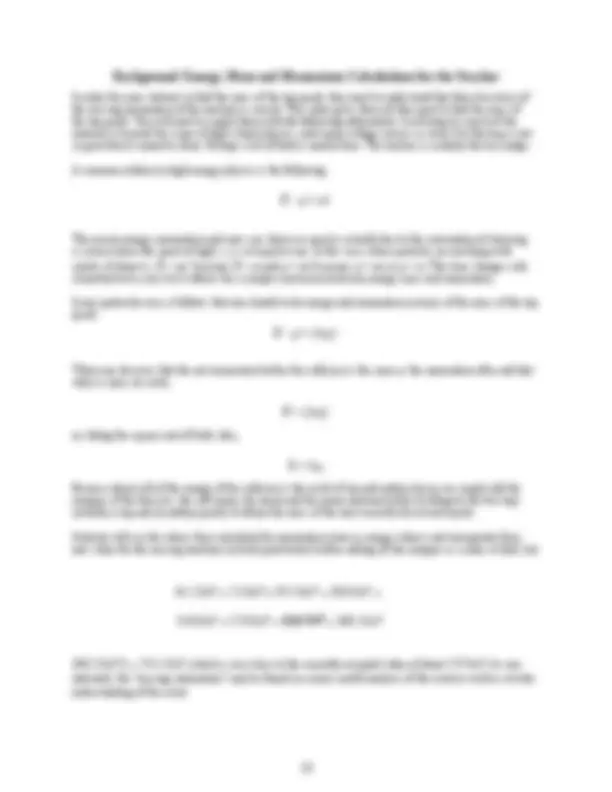
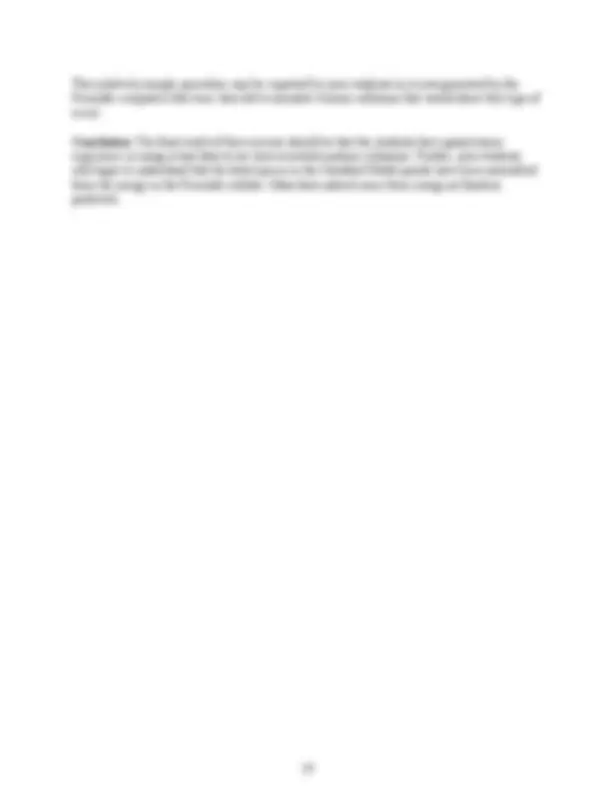

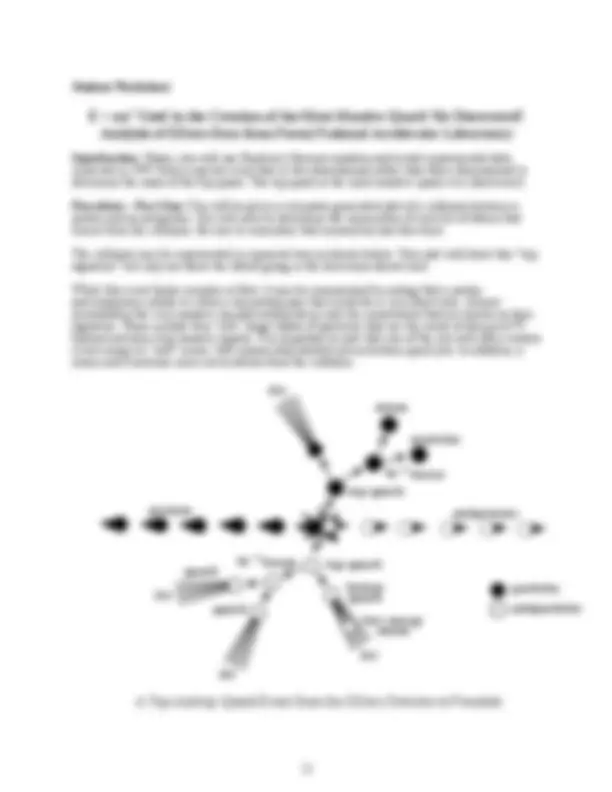
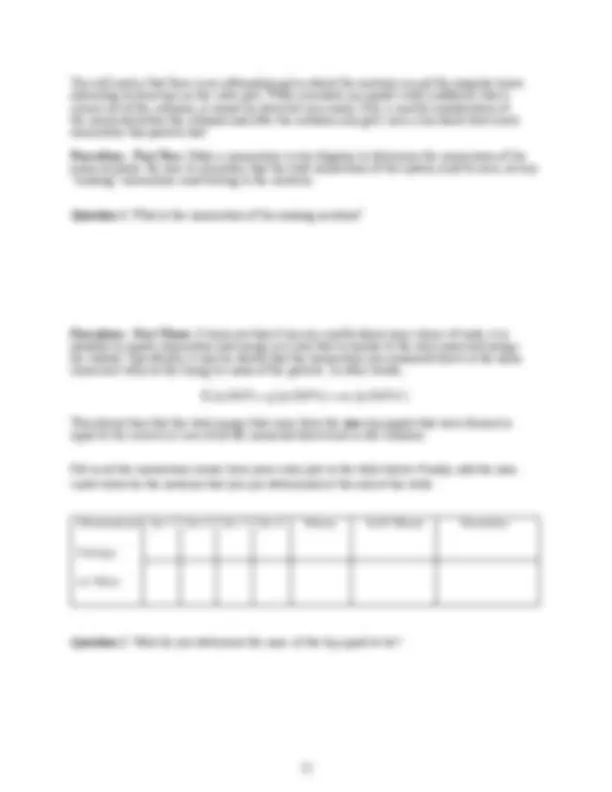
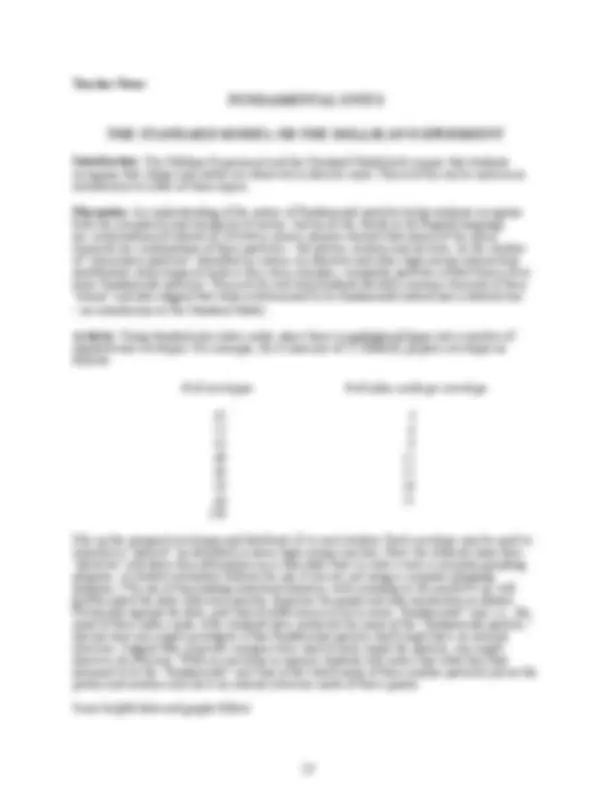
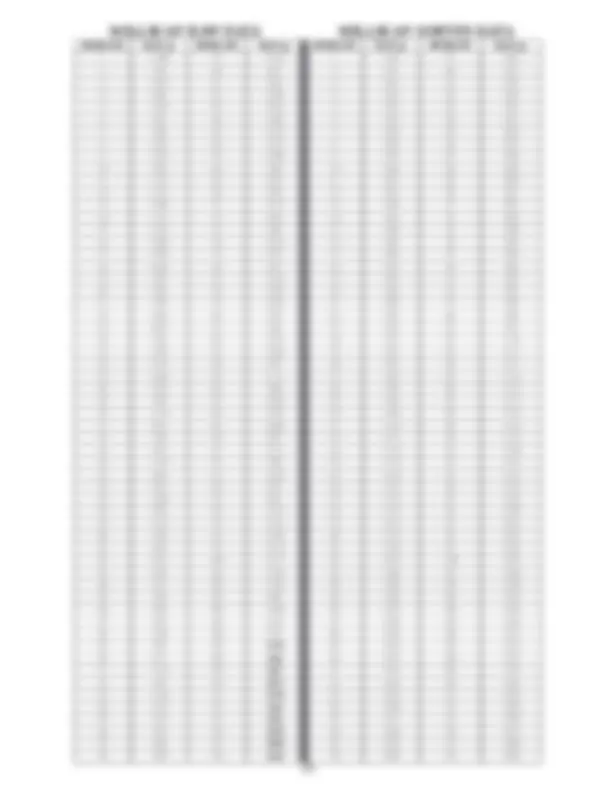
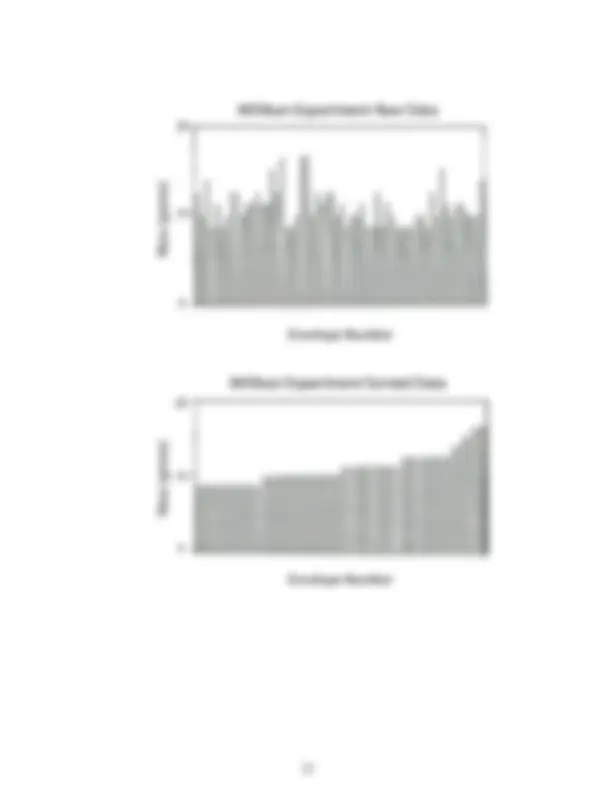
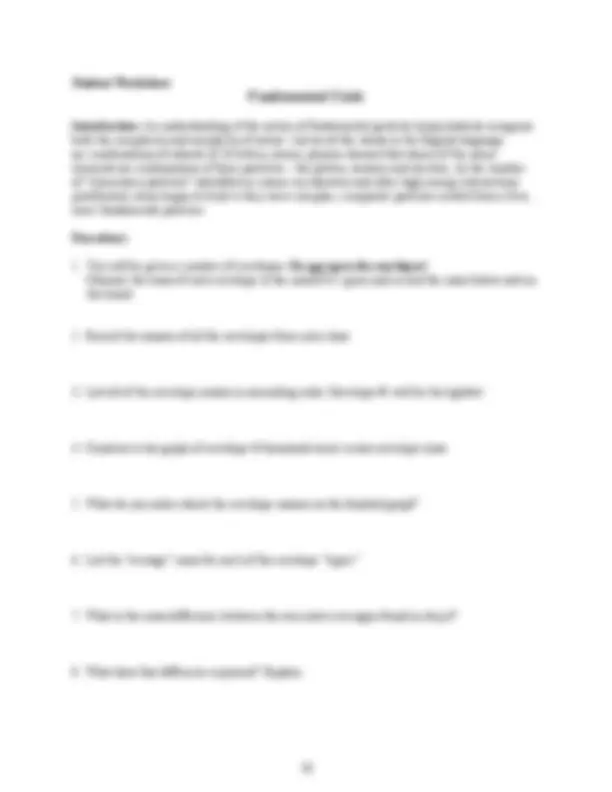
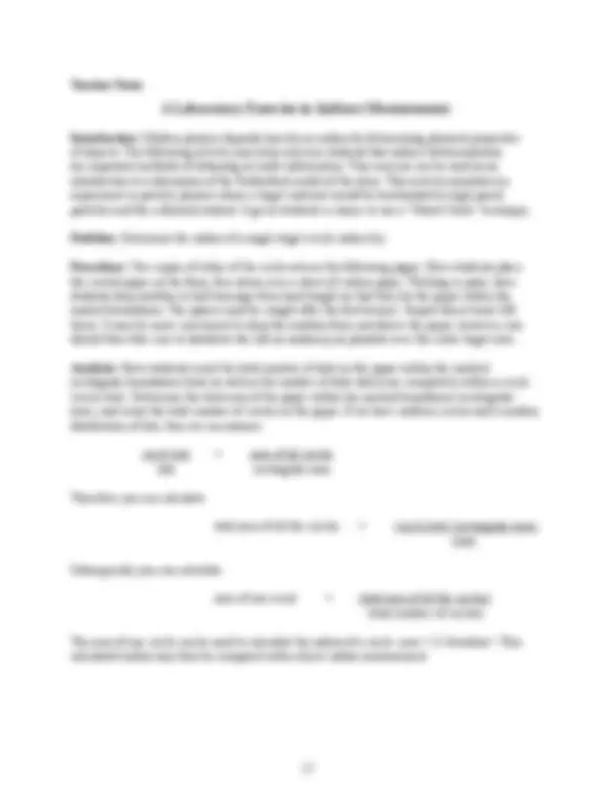
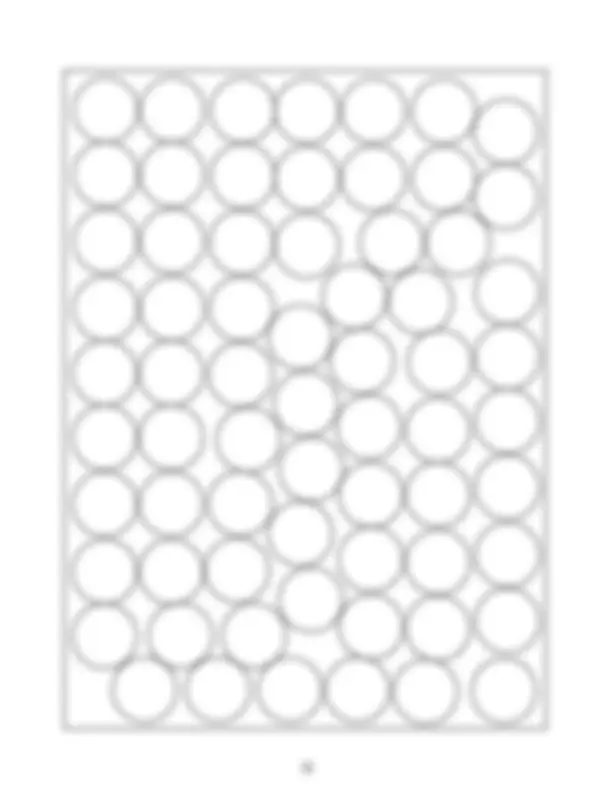
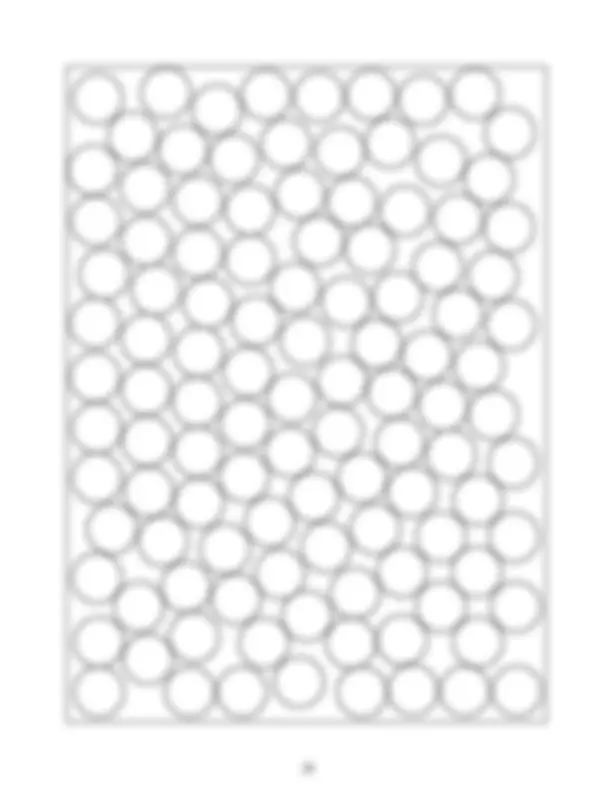
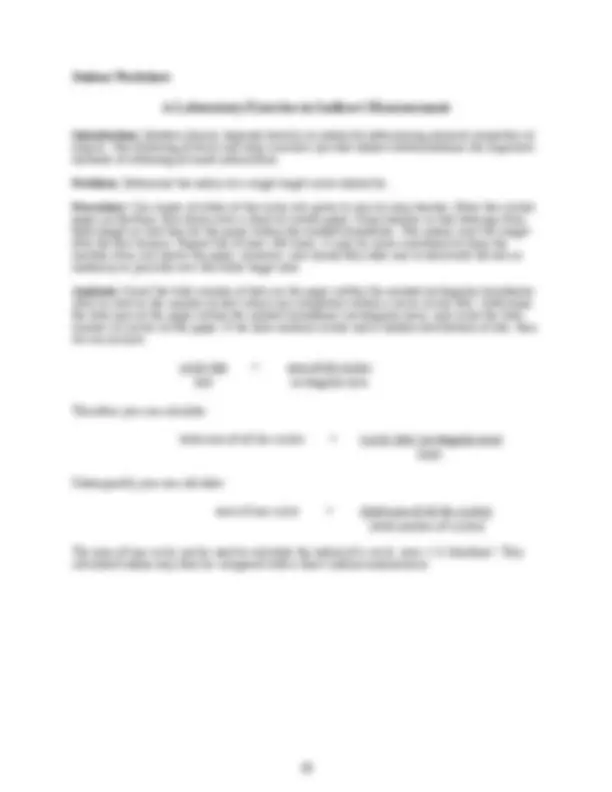
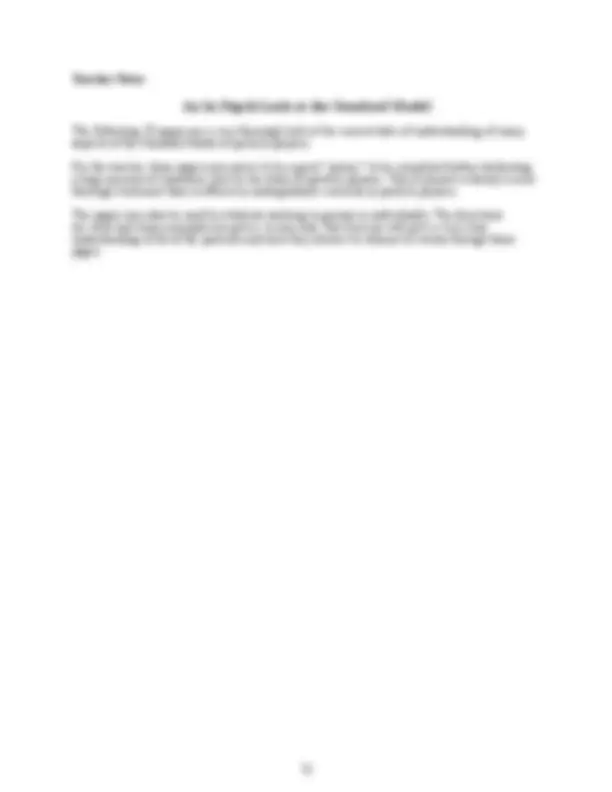
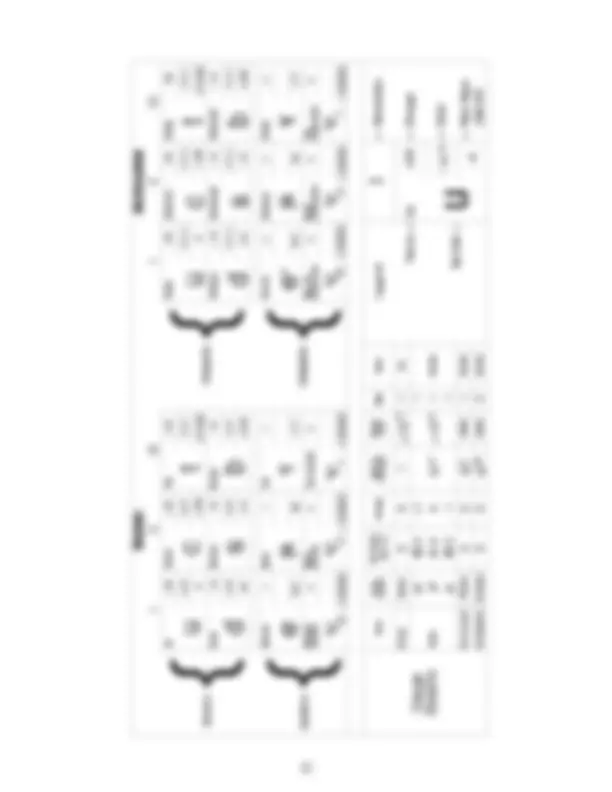
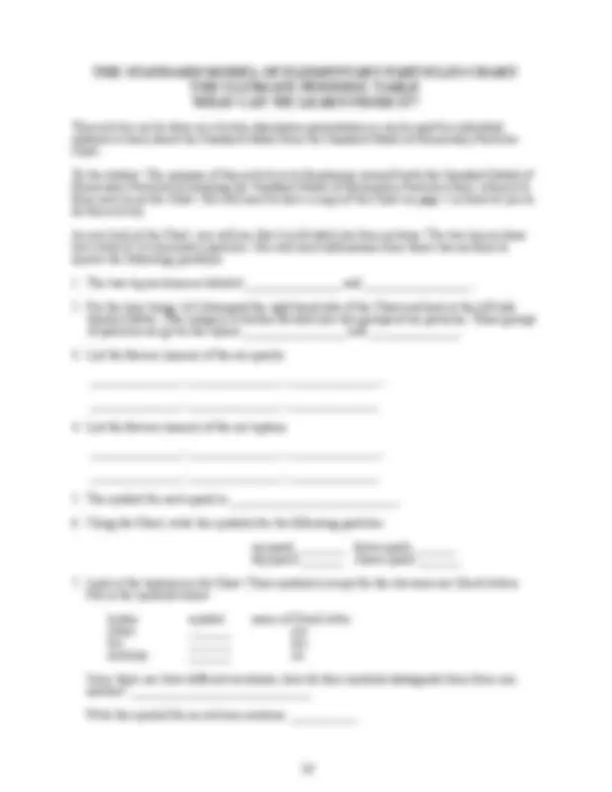
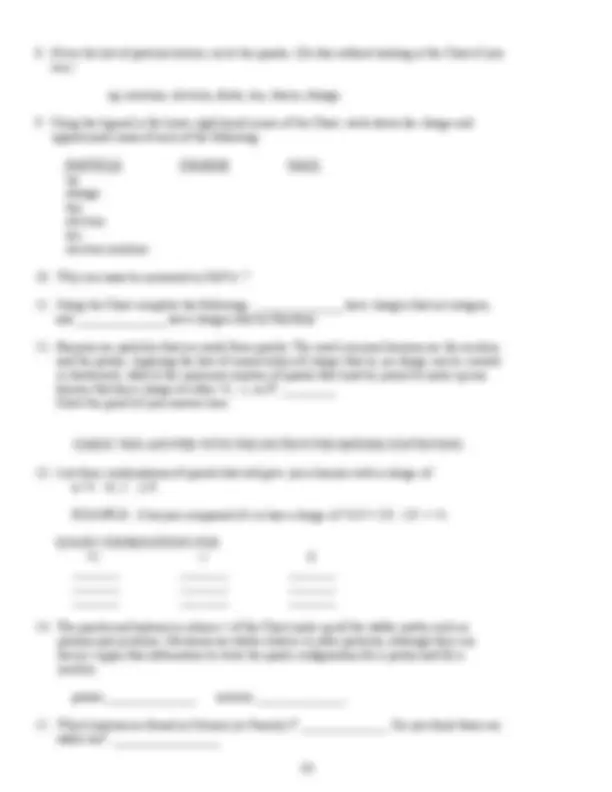

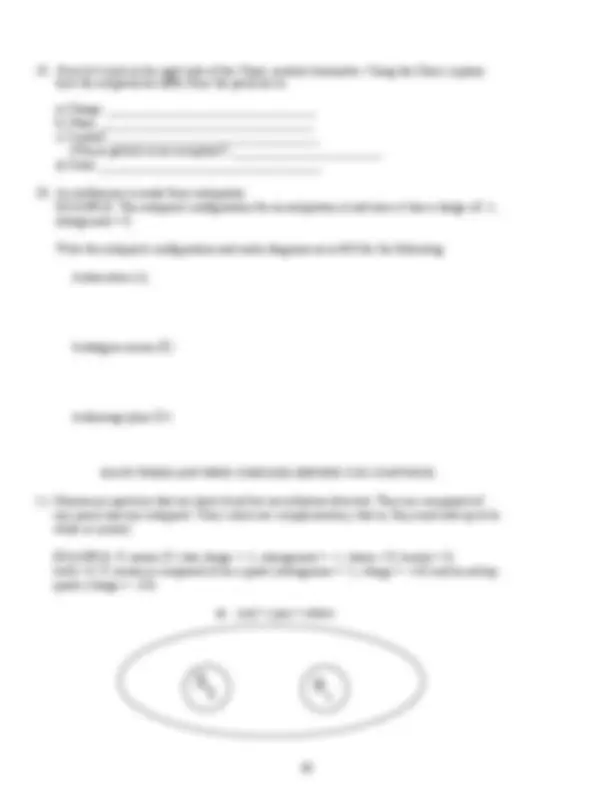
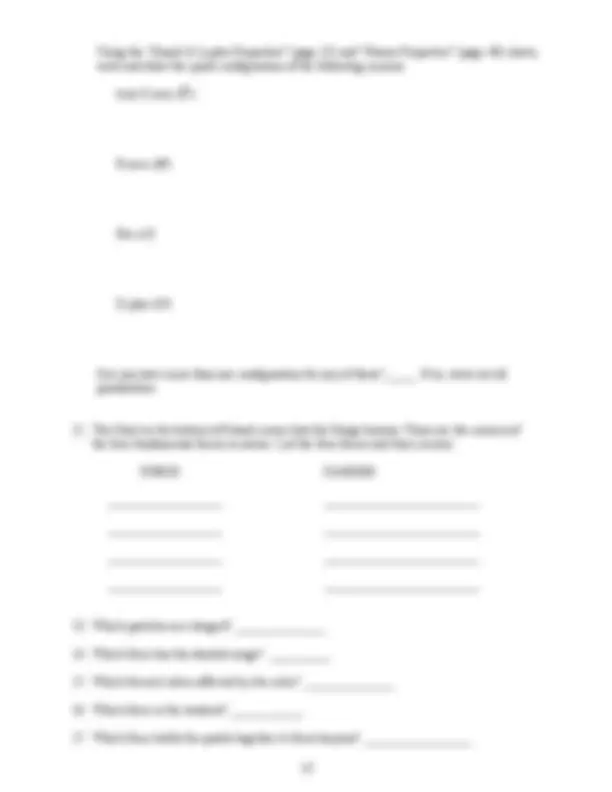
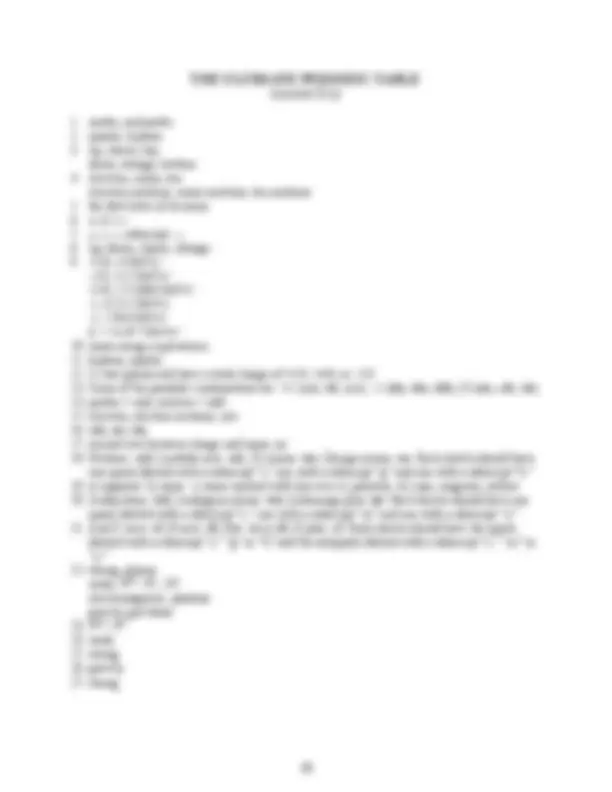


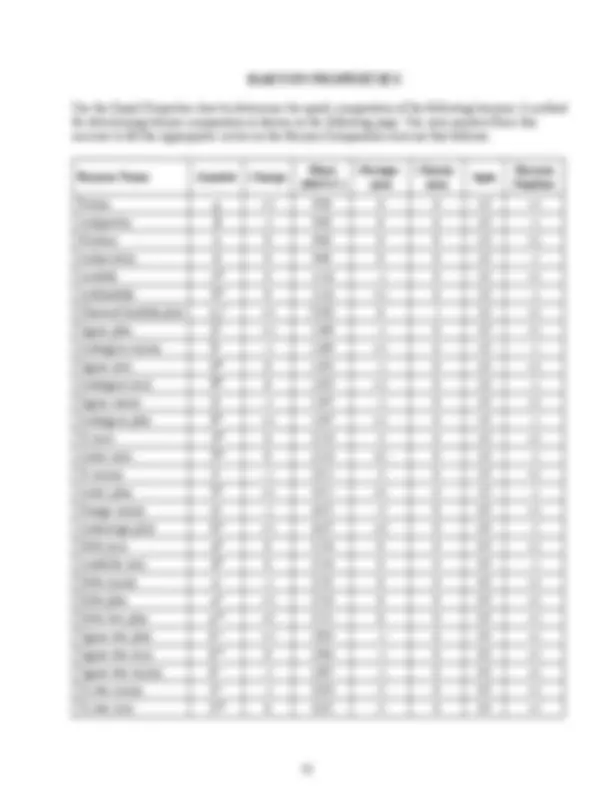
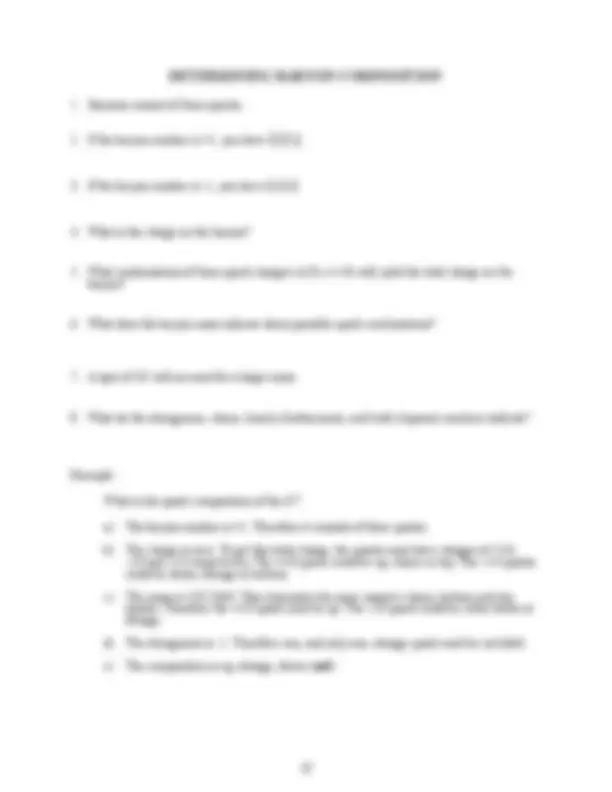
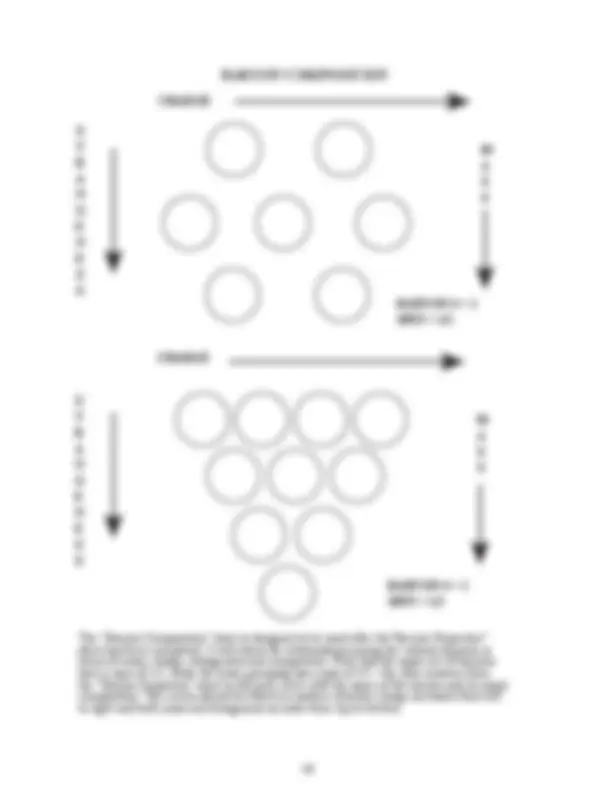
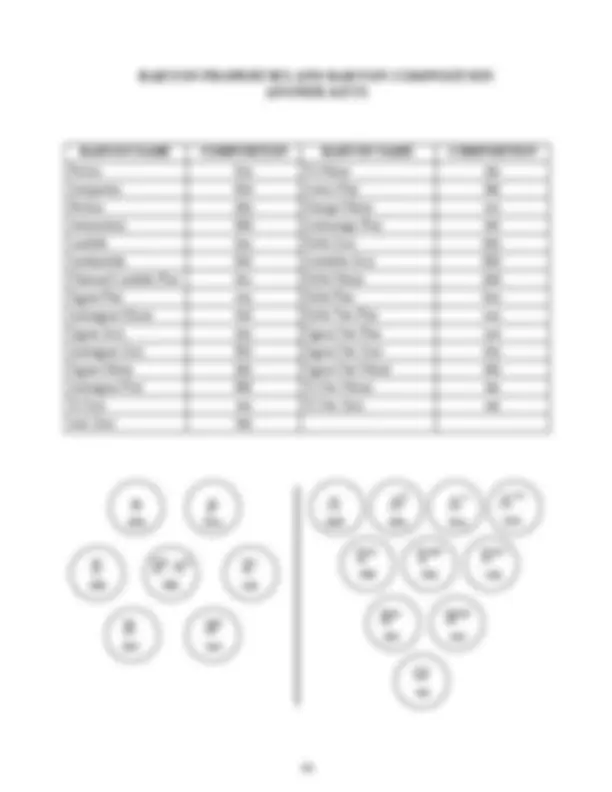
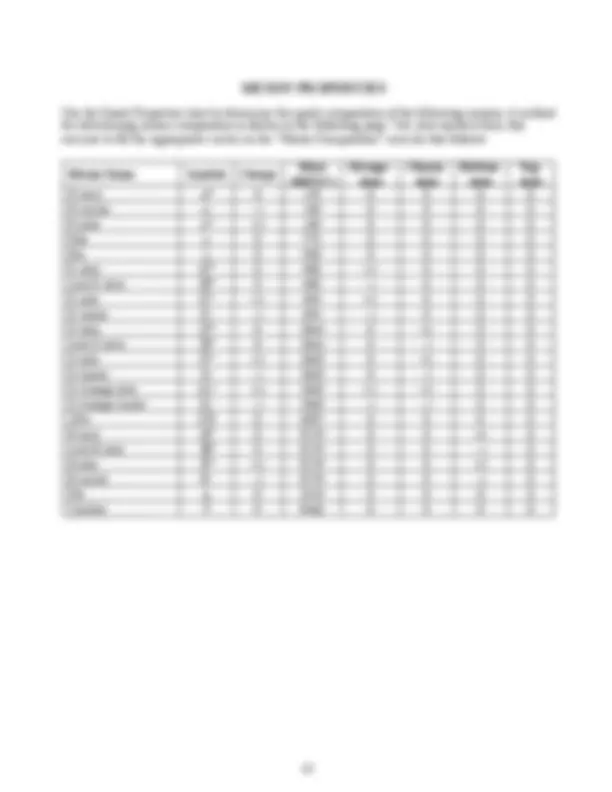
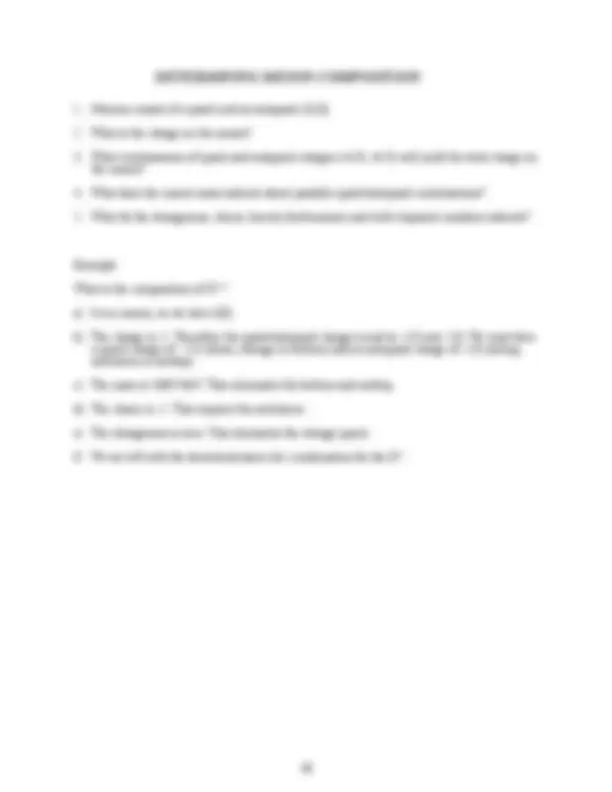

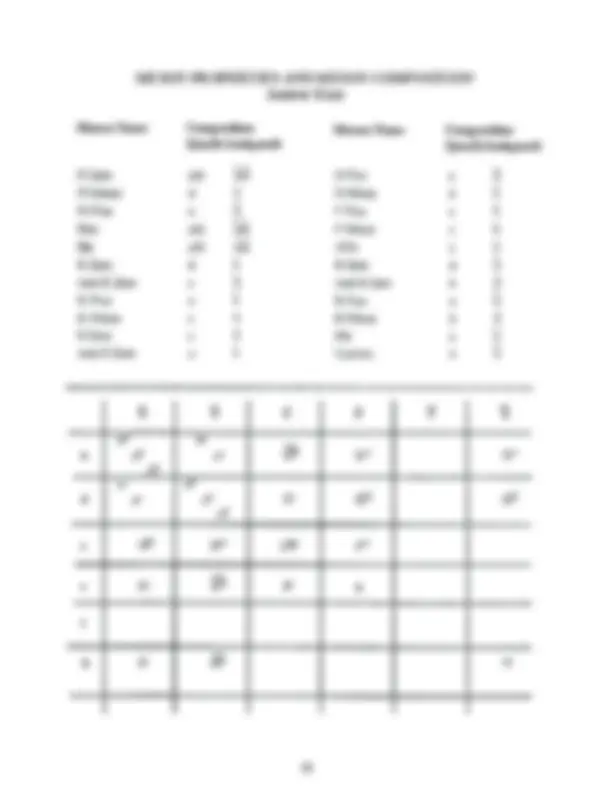
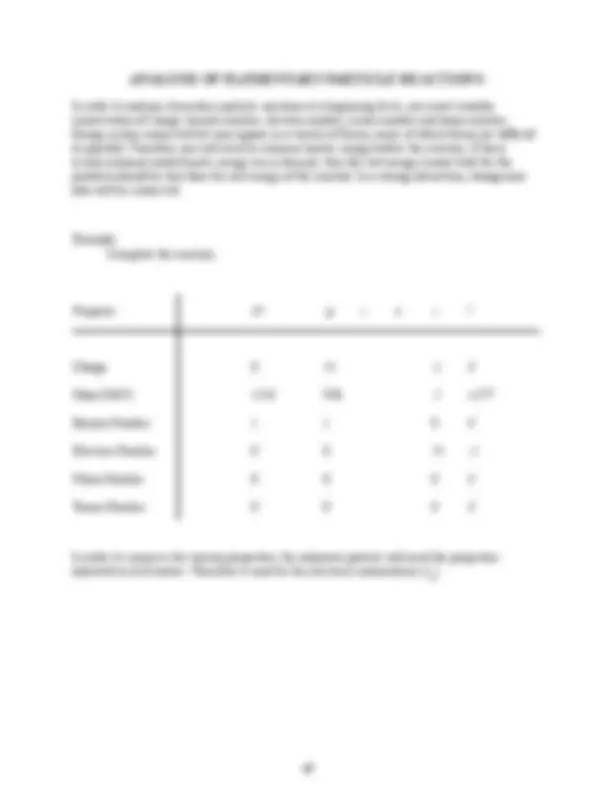
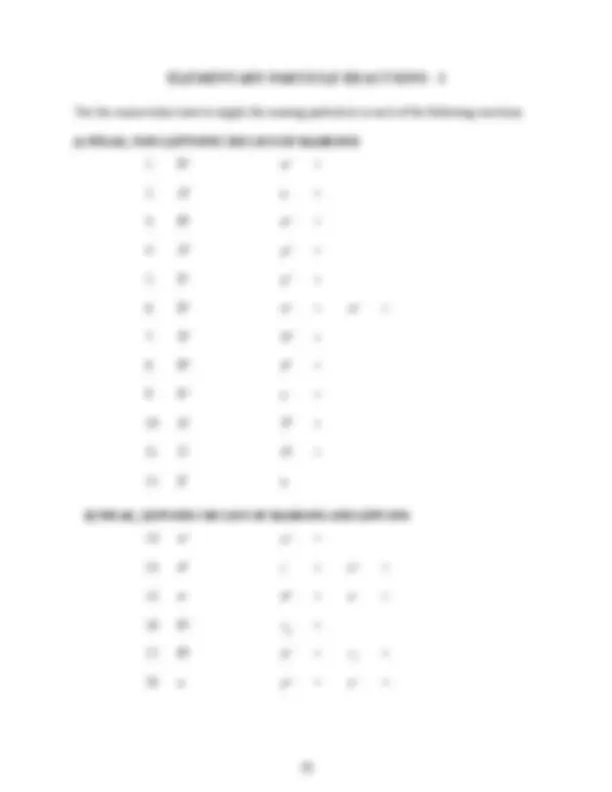
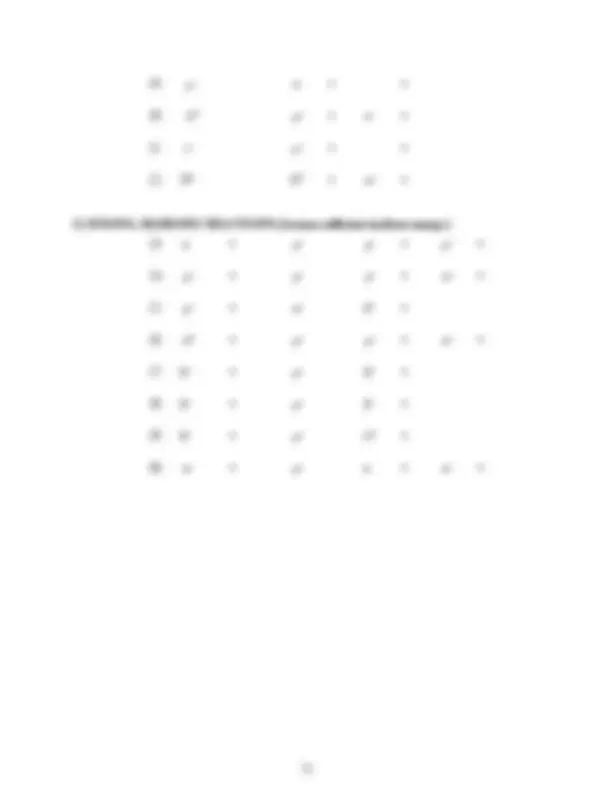
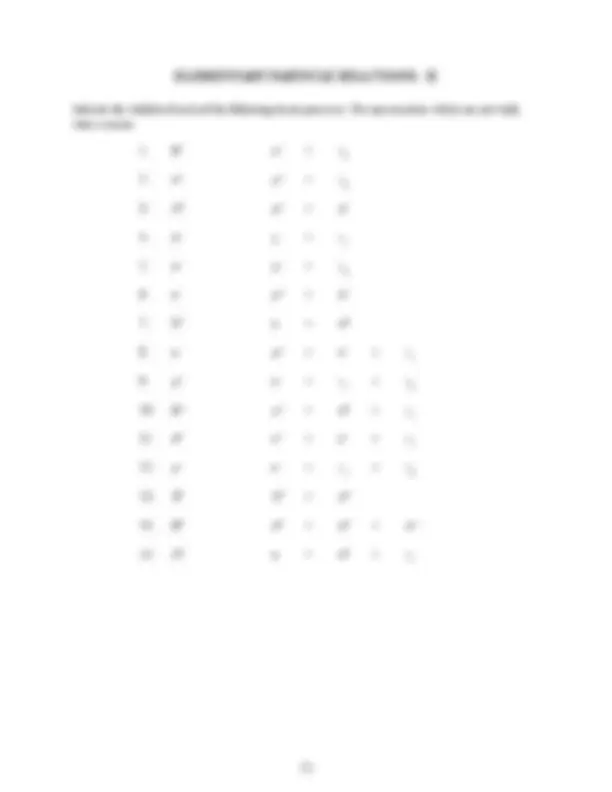
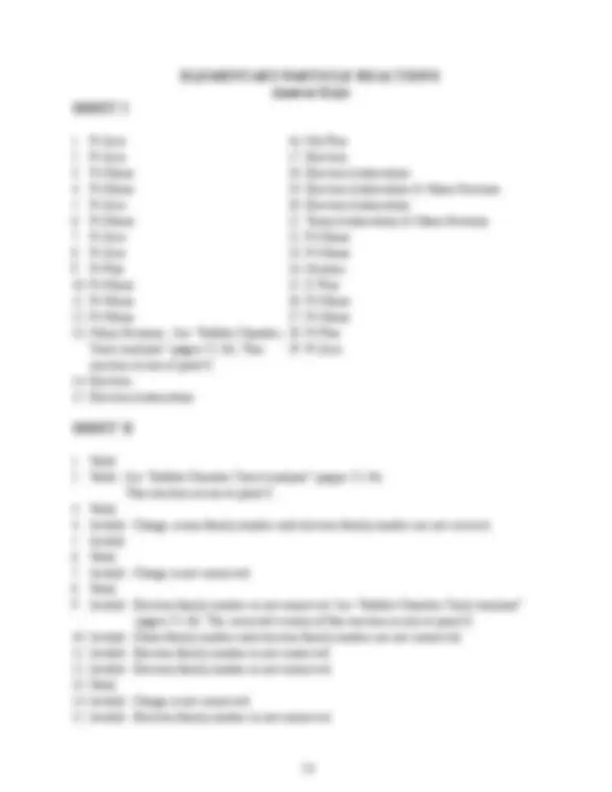

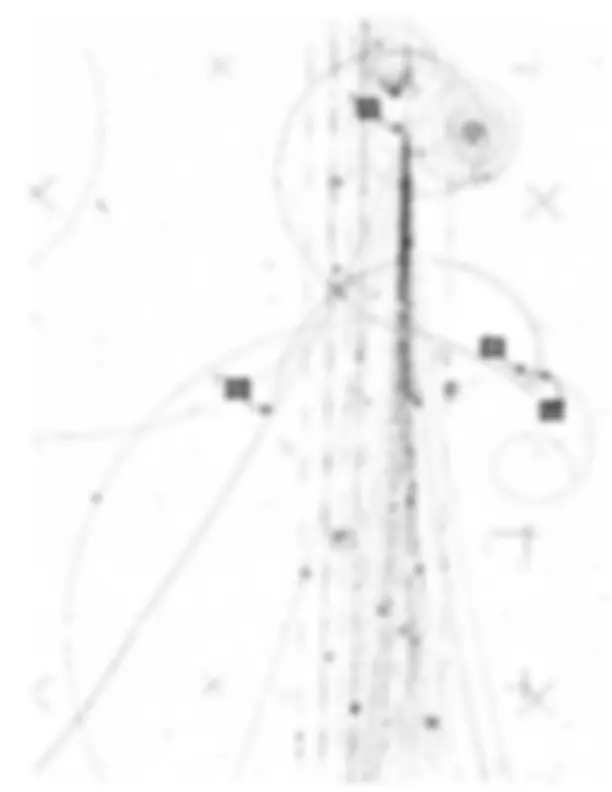
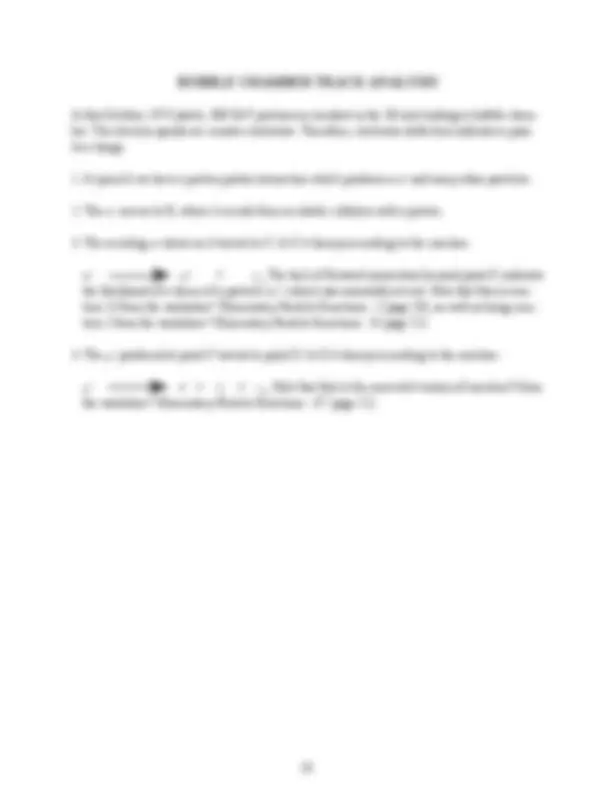
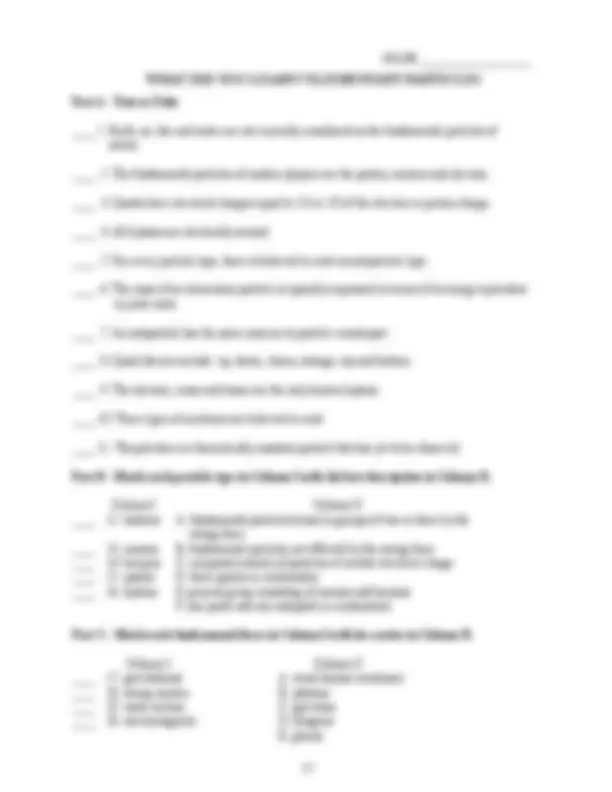
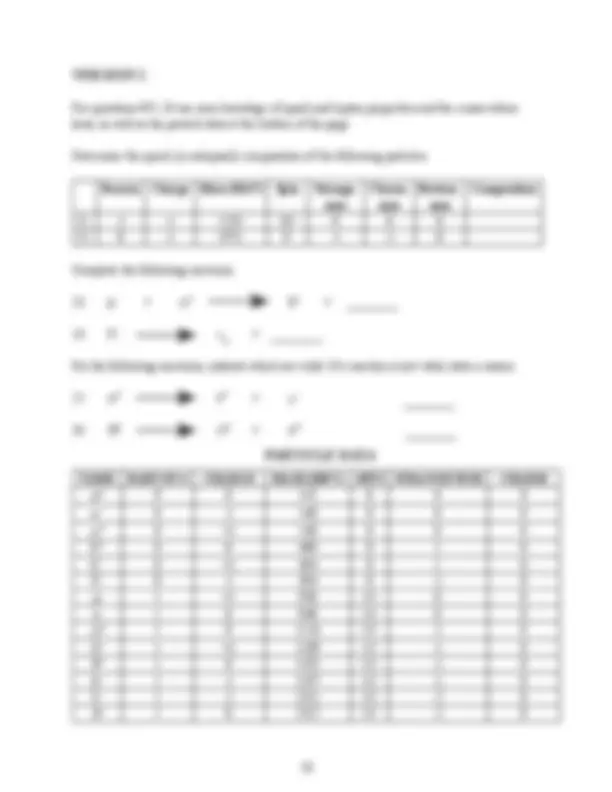
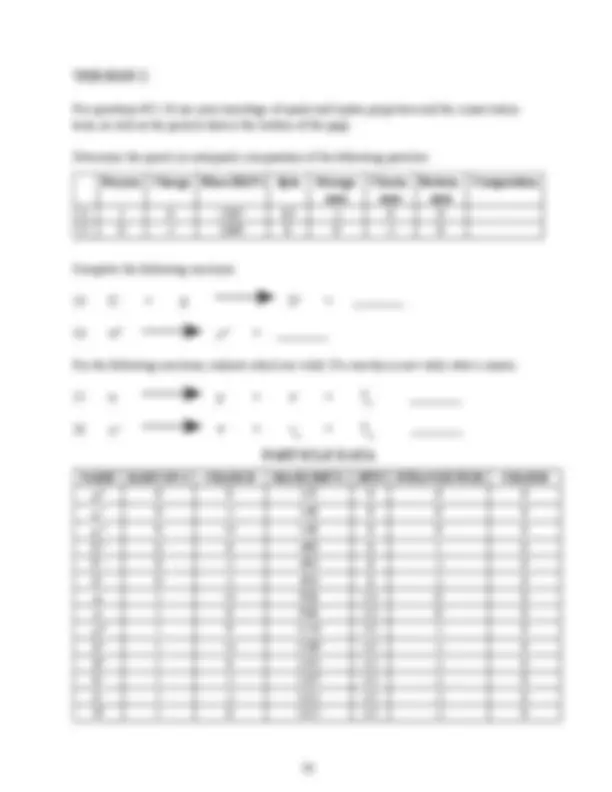
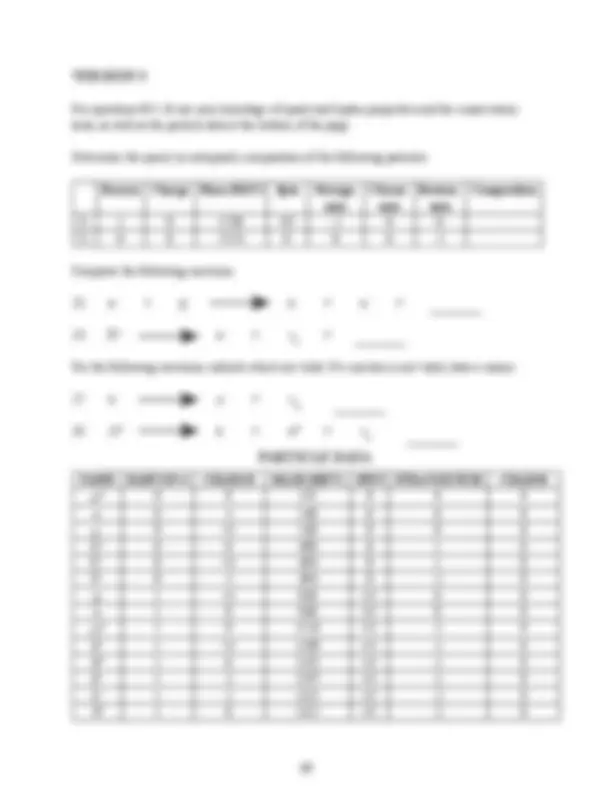
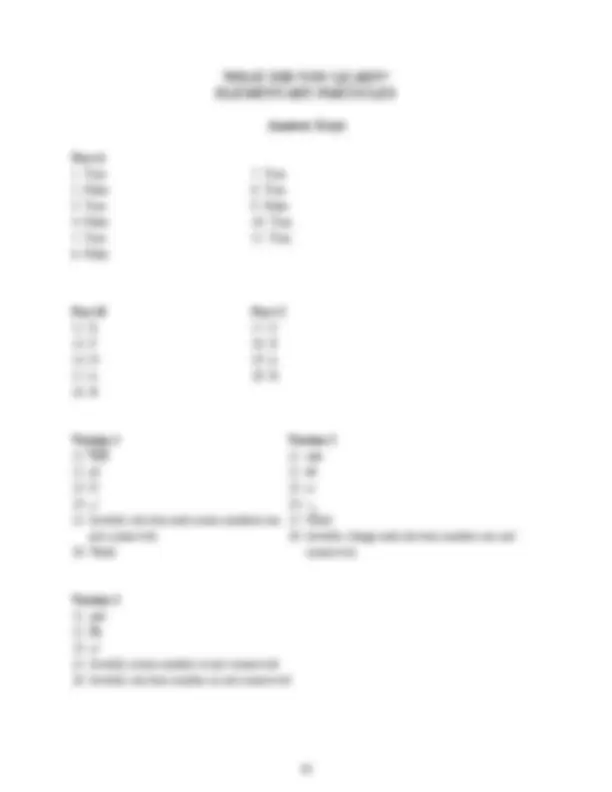





Study with the several resources on Docsity

Earn points by helping other students or get them with a premium plan


Prepare for your exams
Study with the several resources on Docsity

Earn points to download
Earn points by helping other students or get them with a premium plan
Community
Ask the community for help and clear up your study doubts
Discover the best universities in your country according to Docsity users
Free resources
Download our free guides on studying techniques, anxiety management strategies, and thesis advice from Docsity tutors
A teacher resource material for modern physics. It contains classroom graphic masters, classroom activities, and an in-depth look at the standard model. The document also includes information about Leon M. Lederman, a specialist in high-energy physics, and his contributions to the field. Lederman emphasizes the importance of science education for the future of the nation. mathematical equations and scientific terminology.
Typology: Lecture notes
1 / 70

This page cannot be seen from the preview
Don't miss anything!































































Education Office Fermi National Accelerator Laboratory P.O. Box 500, MS 226 Batavia, IL 60510- 630-840-
Leon M. Lederman, internationally known specialist in high-energy physics, is the director emeritus of Fermi National Accelerator Laboratory in Batavia, Illinois, and was the Eugene Higgins Professor at Columbia University. He has been associated with Columbia as a student and faculty member for more than thirty years, and he was director of Nevis Laboratories in Irvington, which was the Columbia physics department center for experimental research in high-energy physics from 1961 until 1979. With colleagues and students from Nevis, he has led an intensive and wide-ranging series of experiments which have provided major advances in the understanding of weak interactions. His research was based on accelerators at Nevis, Brookhaven, CERN, Berkeley, Rutherford, Cornell and Fermilab. His publication list runs to 200 papers. Lederman was the director of Fermi National Accelerator Laboratory from 1979 until
Lederman is a member of the National Academy of Sciences and has received numerous awards including the National Medal of Science (1965) , the Elliot Cresson Medal of the Franklin Institute (1976), the Wolf Prize in Physics (1982), and the Nobel Prize in Physics (1988). He has served as founding member of the High-Energy Physics Advisory Panel and the International Committee for Future Accelerators.
“I do not believe there is anything more important to the future of the nation than a population that is more science ‘savvy’ than we are now. From global climate change to genetic manipulation to the neurosciences’ progress on the working of human minds, we have issues which have political, social and economic consequences of vast implications. For this we need
science education K-100!”
August 1996
��
�����
�����
�����
���
�����
������
�����
���������
�����
�������
�����
�������
�������
�������
�������
�������
�������
��
������
��������
��
������
��������
����
�����
�������
�����
������
�����
��������
�����
�����������
�����
����������
�����
�������
�������
�������
�������
�������
�������
����
����
������
����
����
������
��������
��
����
��
���
��
��������
��
��������
��
�������
��
�����
���
�����
�����
���
�����
����������������
�^
������������
�^
������������
�^
��������������������
�^
����������������
�^
���������������
�
����������
�����
����
����������
�����
����
������
������
�^
�
�
����
���
�^
���
�
�^
����
��
�
� �^
����
�
�
�
�^
����
��
�
���������������
�������
�^
�
��
��^
��������
�^
�������
�������������
���������
�^
�
��
���
��������
�^
�������
�
�����������
� �
����������
� �
� �
������
�������
�
�����
������������
�����
����
����������������
�������
������
����
���������
����������������
��
���� �������^ ��
������
����
�
�
���������� �����������
��
�
����������
��
���
����
���
�
������� �
������
������
�
�
��
�
�
� �
�
� �
�
�
�
�
�
�
μ
μ
�
< 0.
< 0.
< 0.
< 0.
< 0.
< 0.
~173,
~173,
PARTICLES
QUARKS
HADRONS
(Bulky)
LEPTONS
MESONS BARYONS
(Medium) (Heavy)
Q Q Q Q Q or Q Q Q
The previous five pages represent several ideas that are easily presented to students as an introduction to particle physics. The pages may be used as the teacher sees fit and are designed in particular to be useful overheads. They are meant to allow the teacher a very free hand in explaining some of the basics of subnucleon physics.
Some notes on each of the pages follows.
Graphic One - Page 5 The Standard Model Chart
This chart lists the major players in the Standard Model. The six quarks that make up our world are listed under the heading “Matter.” A similar listing for the “Antimatter” particles completes the major portion of the chart. These particles are only found in groups in nature.
Below the quarks, the lighter particles, or leptons, are listed. These particles are found by themselves in nature.
Gauge bosons, or those particles that are responsible for carrying the basic forces of nature, are listed lower on the chart.
A great deal of information is included in this chart. The entire chart will make sense to one who completes the activity later in this book.
Graphic Two - Page 6 Objects and Forces Chart
This chart shows the connections between objects or particles and the forces that exist in nature. An arrow indicates that a particular particle responds to a particular force.
Graphic Three - Page 7 Objects, Bosons and Forces Chart
This chart also shows the connections between objects or particles and the forces that exist in nature as well as the bosons that carry the forces. An arrow indicates that a particular particle responds to a particular force utilizing the bosons shown.
Graphic Four - Page 8 Particle Classification Chart
This chart shows the formation of various classifications of particles. The chart shows how quarks combine to create other classifications of particles. Notice that leptons are stable by themselves.
Graphic Five - Page 9 The First Periodic Chart
This whimsicle chart shows the “Earth, Air, Fire and Water” periodic chart first thought to be complete by the ancients. These things were thought to be unbreakable. Of course, anyone who thought that was the complete list had their heart broken with the discovery of elements, protons or any other intermediate steps or later steps that have been taken by scientists over the years.
Introduction: The ability to see relationships and patterns in nature and to develop these into theories is a necessary skill of the particle physicist. Using experimental evidence, or the lack thereof, the physicist can develop theories to answer the basic question, “How does the universe work?” To answer that question, students need to answer two other questions.
**1. What are the basic objects?
In order to understand the reasoning by which physicists begin to determine the answers to these questions, the puzzle on the following page is presented. The puzzle uses the analogy of the “observed” and “not observed” as seen in particle interactions. The puzzle presents the same type of data to the student. However, in the puzzle the questions become:
**1. What are the shapes (basic objects) from which the observed figures are constructed?
The student now is free to study both the “observed” and “not observed” figures in an attempt to answer the two questions. Ask students to support their theories with examples from both the “observed” and “not observed” areas. Can their shapes be further reduced to more basic shapes? Once students feel confident about the answer to question 1, they can proceed with the development of rules for question 2. Remind students that the rules must explain both the “observed” and “not observed” figures. It is these connecting rules which lead to some figures being observed while others are not observed. As much can be learned from considering what is not observed as from what is observed.
Discuss possible theories with the entire group of students. Is there more than one theory? Which is the best theory? Why?
One possible solution is given on the next page. The basic shapes are triangles and squares. There are two connection rules. Triangles must connect on one, and only one, side. Squares must be connected on two, and only two, sides.
At this point it might be interesting to ask students to develop some additional “observable” figures, which follow the answers to the two basic questions. This is similar to the physicist looking for a previously unseen particle in an attempt to verify a theory.
Puzzle adapted from Helen Quinn, “Of Quarks, Antiquarks, and Glue,” The Stanford Magazine.
Introduction: The ability to see relationships and patterns in nature and to develop these into theories is a necessary skill of the particle physicist. Using experimental evidence, or the lack thereof, the physicist can develop theories to answer the basic question, “How does the universe work?” To answer that question, you need to answer two other questions.
**1. What are the basic objects?
Procedure: In order to understand the reasoning by which physicists begin to determine the answers to these questions, the puzzle on the following page is presented. The puzzle uses the analogy of the “observed” and “not observed” as seen in particle interactions. Your job is to determine the “rules of the universe” through an analogy of finding the rules for this puzzle.
The figures on the left of the page are observed, while the figures on the right have not been observed. The puzzle involves these two questions:
**1. What are the shapes (basic objects) from which the observed figures are constructed?
The same two shapes can be used to form both the “observed” and “not observed” figures. It is the connecting rules which lead to some figures being observed and others not being observed. Remember that you can learn as much from considering what is not observed (right column) as from what is observed (left column).
Student Worksheet
HOW DOES THE UNIVERSE WORK?
OBSERVED NOT OBSERVED